Essential
PhotographyHere is the Essential Photography Course Outline for beginners, designed to cover the foundational aspects of photography in a structured manner:
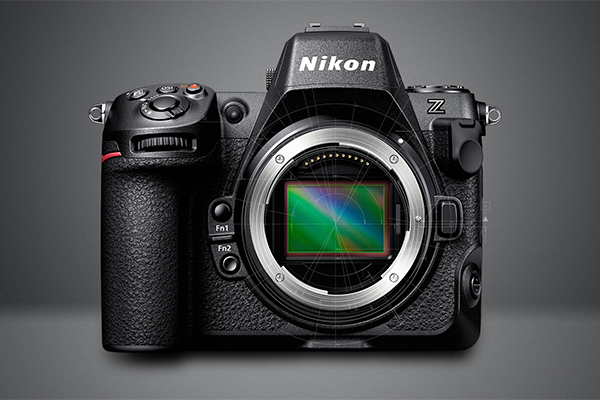
Learning Outcomes:
By the end of this course, students will:
- Understand how to operate a camera in manual mode.
- Have a solid grasp of the exposure triangle (aperture, shutter speed, and ISO).
- Be able to compose well-balanced images using basic composition techniques.
- Understand how to work with natural and artificial light.
- Be introduced to basic post-processing techniques.
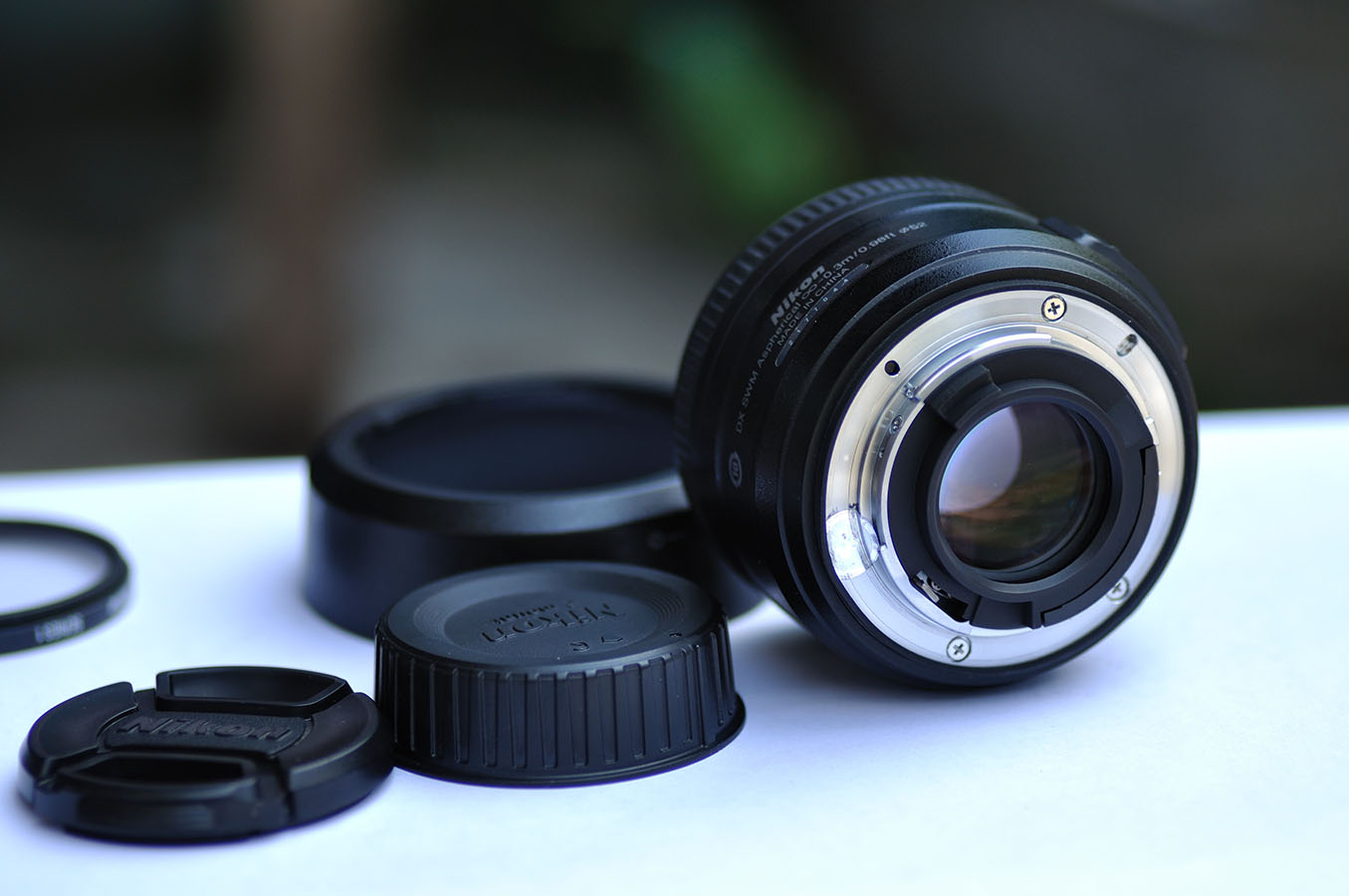

Why wait? Join now!
Whether it is to enhance your creative expression or simply capturing memories to connect with society to express yourself more meaningfully and with ultimate impact, learning photography will definitely take your skills the next level.
Register Now!
Course Outline:

Understanding Cameras:
- Types of cameras: DSLR, mirrorless, smartphone, point-and-shoot.
- Camera parts and functions: lens, sensor, viewfinder, buttons, dials.
- Overview of basic photography gear (tripods, memory cards, etc.).
Exposure:
- What is exposure? The role of light in photography.
- Overview of the exposure triangle: aperture, shutter speed, ISO.
- Hands-on Practice: Exploring your camera’s settings.
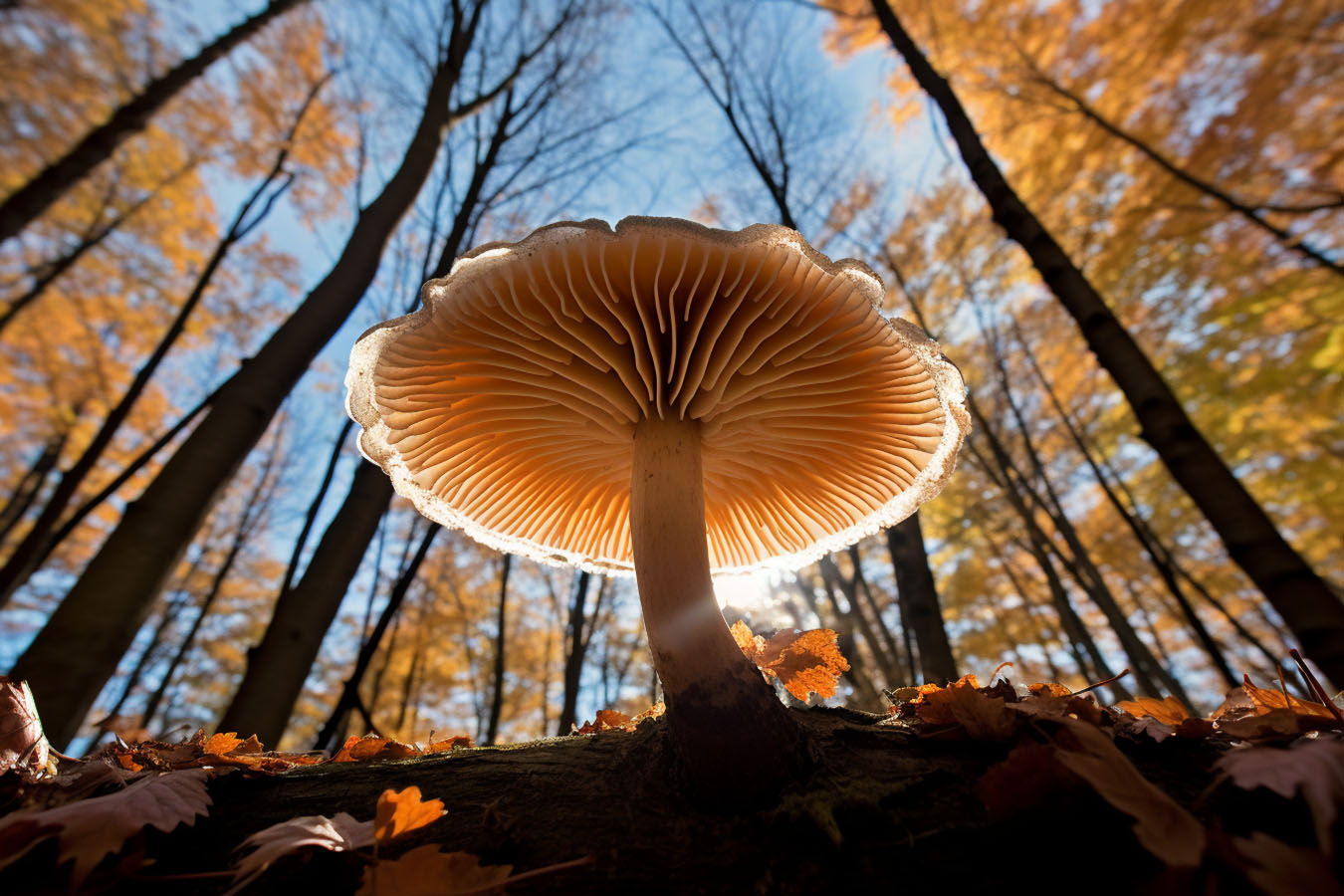
Exposure Triangle:
- Aperture:
- What is aperture?
- Understanding f-stop numbers.
- Controlling depth of field (shallow vs. deep focus).
- Shutter Speed:
- What is shutter speed?
- How to freeze action or create motion blur.
- ISO:
- What is ISO?
- Understanding sensor sensitivity and noise.
- Hands-on Practice: Experiment with aperture, shutter speed, and ISO in different lighting conditions.
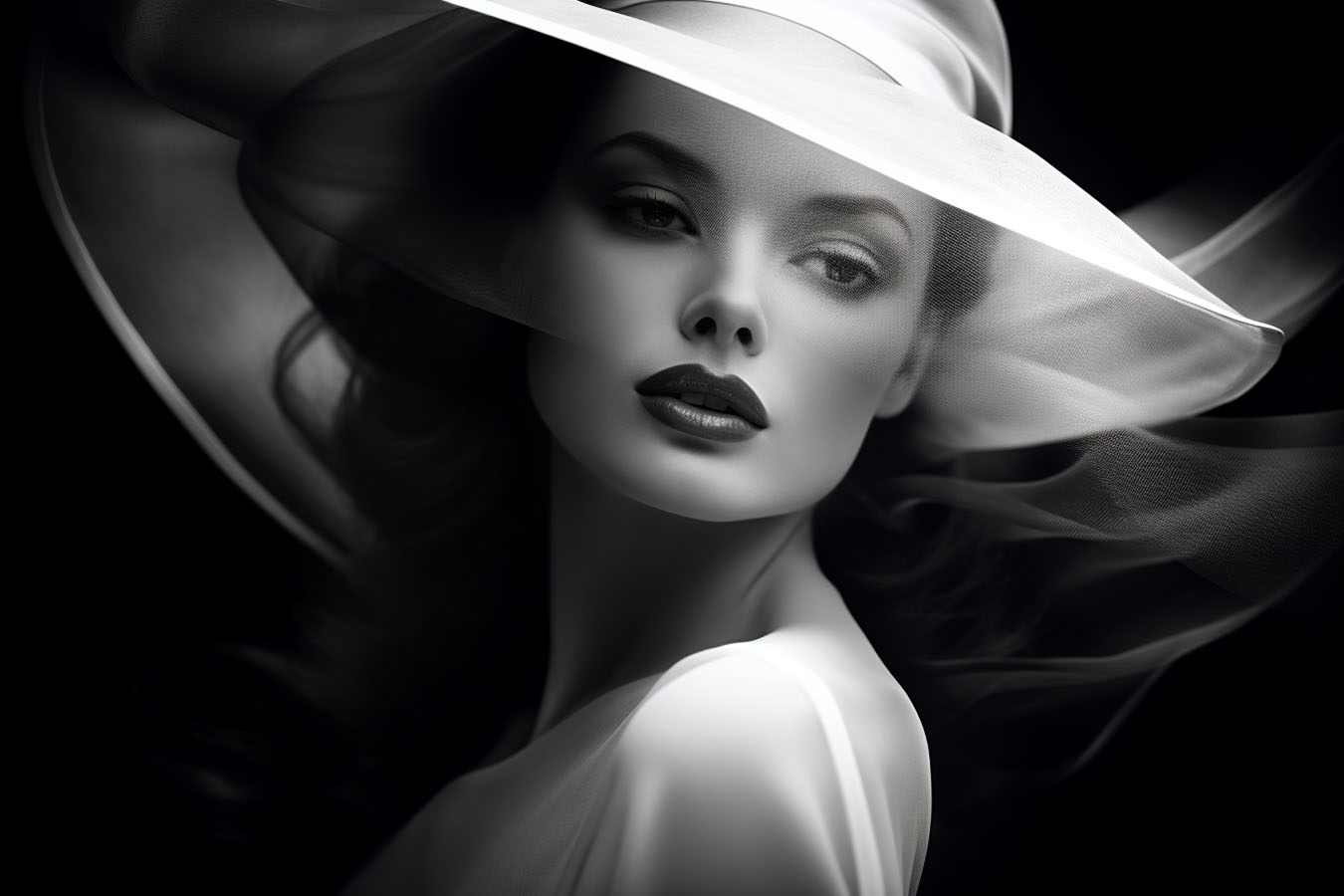
Metering:
- Camera Automatic, Semi-Automatic and Manual modes.
- Understanding the 3 Primary Metering Modes
- Compensating for Light and Dark Scenes
Lenses & Color
- White Balance - Color theory, correction
- Lenses – types and uses. Image stabilization
- How to control exposure with compensation
- Hands-on Practice: Experiment with using multiple Lenses and creative White Balance photos.

Composition:
- Basic Composition Rules:
- Rule of Thirds.
- Leading Lines.
- Symmetry and Balance.
- Framing and Perspective:
- Filling the frame.
- Using different perspectives: low angle, high angle.
- Negative Space and Simplicity:
- The importance of clean compositions.
- Hands-on Practice: Compose photos using different techniques and perspectives.
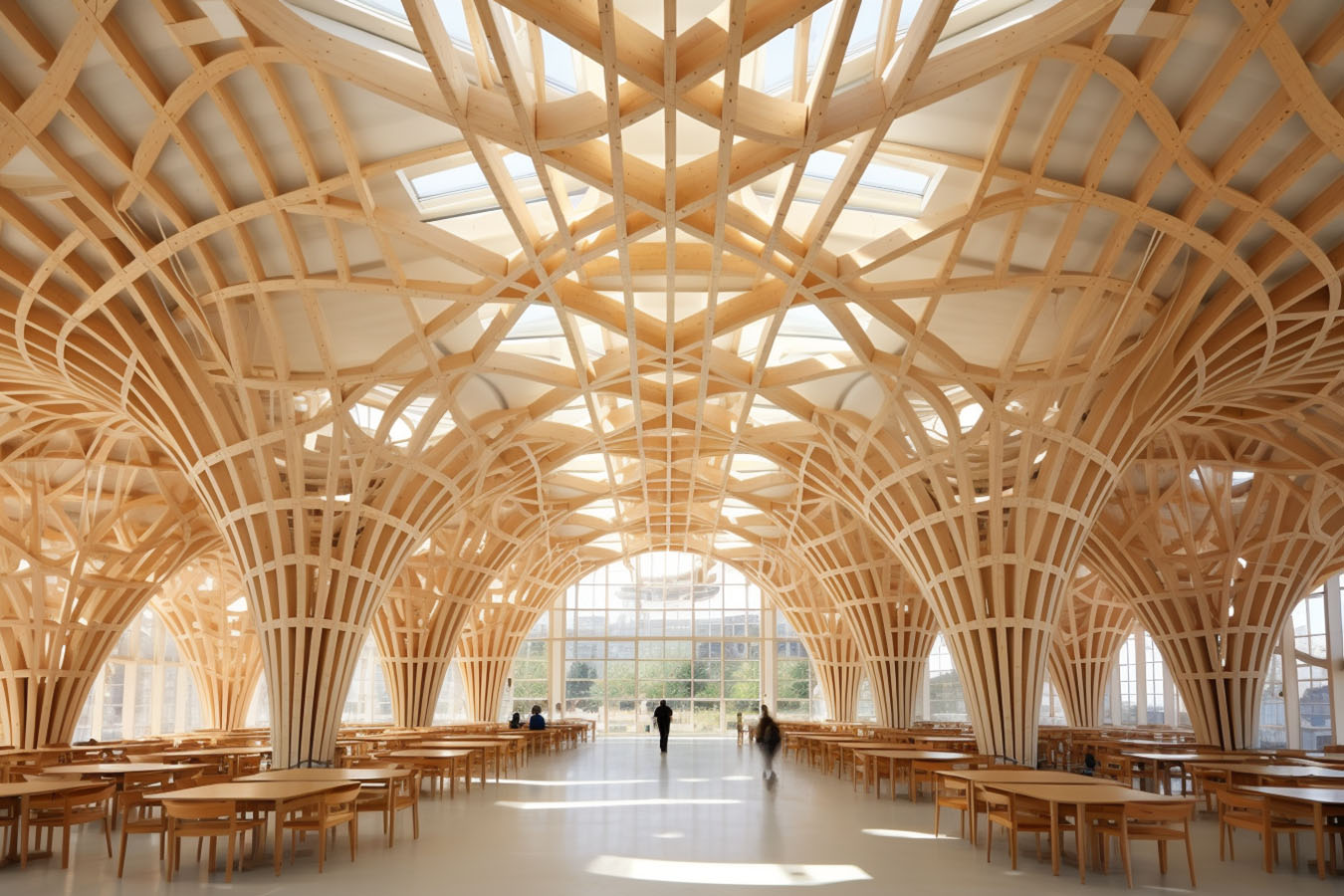
Lighting Basics:
- Understanding Natural Light:
- The importance of light in photography.
- Types of natural light: Golden Hour, Blue Hour, harsh sunlight.
- Working with Artificial Light:
- Basics of using a flash.
- Using reflectors and diffusers to control light.
- Hands-on Practice: Take photos using different light sources and modifiers.

Focus & Depth of Field:
- Autofocus Modes:
- Single point AF, continuous AF, and manual focus.
- Depth of Field Control:
- How aperture affects depth of field.
- Hands-on Practice: Practice focusing on different parts of a scene and experiment with depth of field.
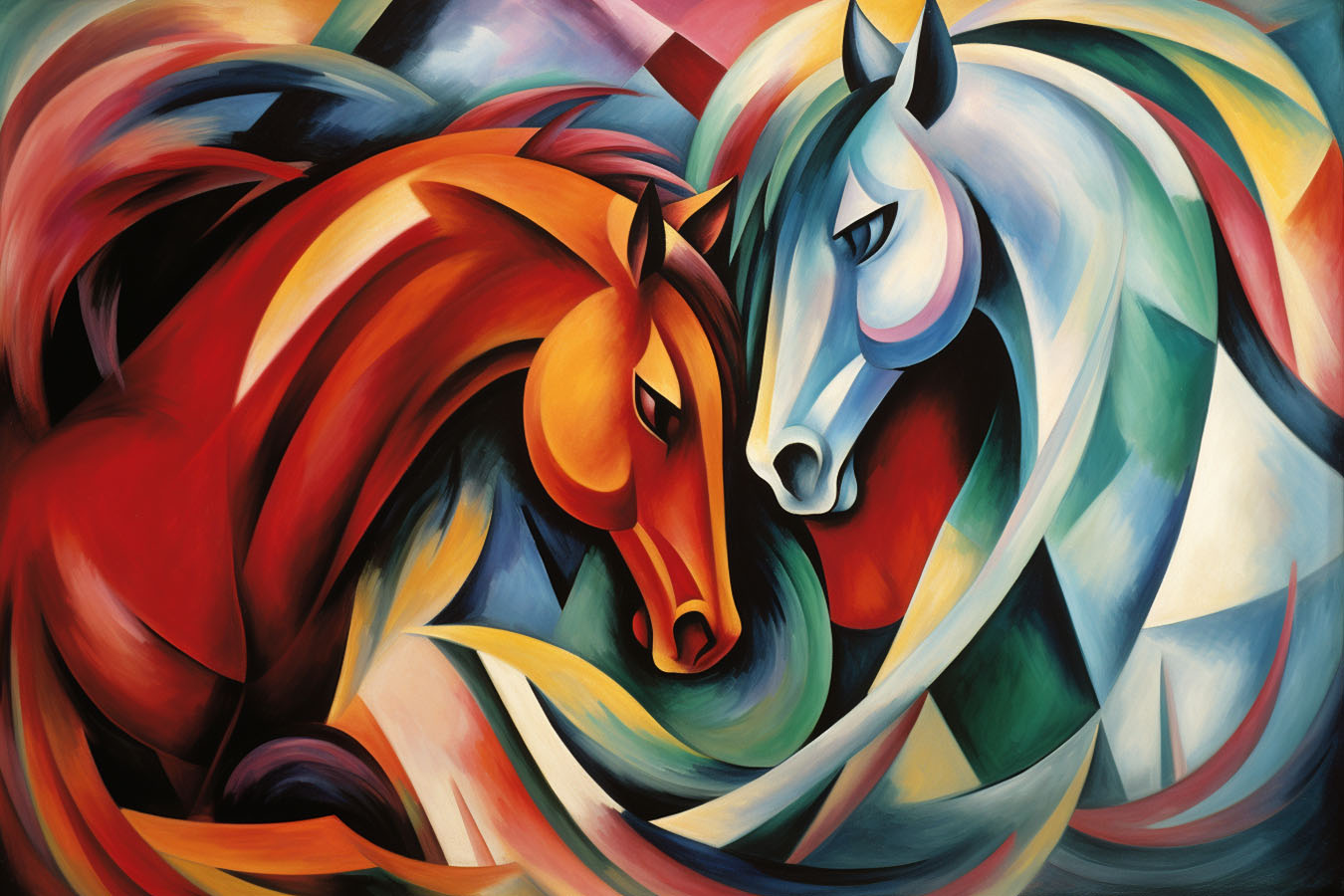
Post-Processing:
- Understanding RAW vs. JPEG:
- What are RAW files, and why are they important?
- Basic Post-Processing:
- Introduction to photo editing software (Lightroom, Photoshop, or alternatives).
- Adjusting exposure, contrast, white balance, and sharpness.
- Hands-on Practice: Edit photos using basic tools and techniques.
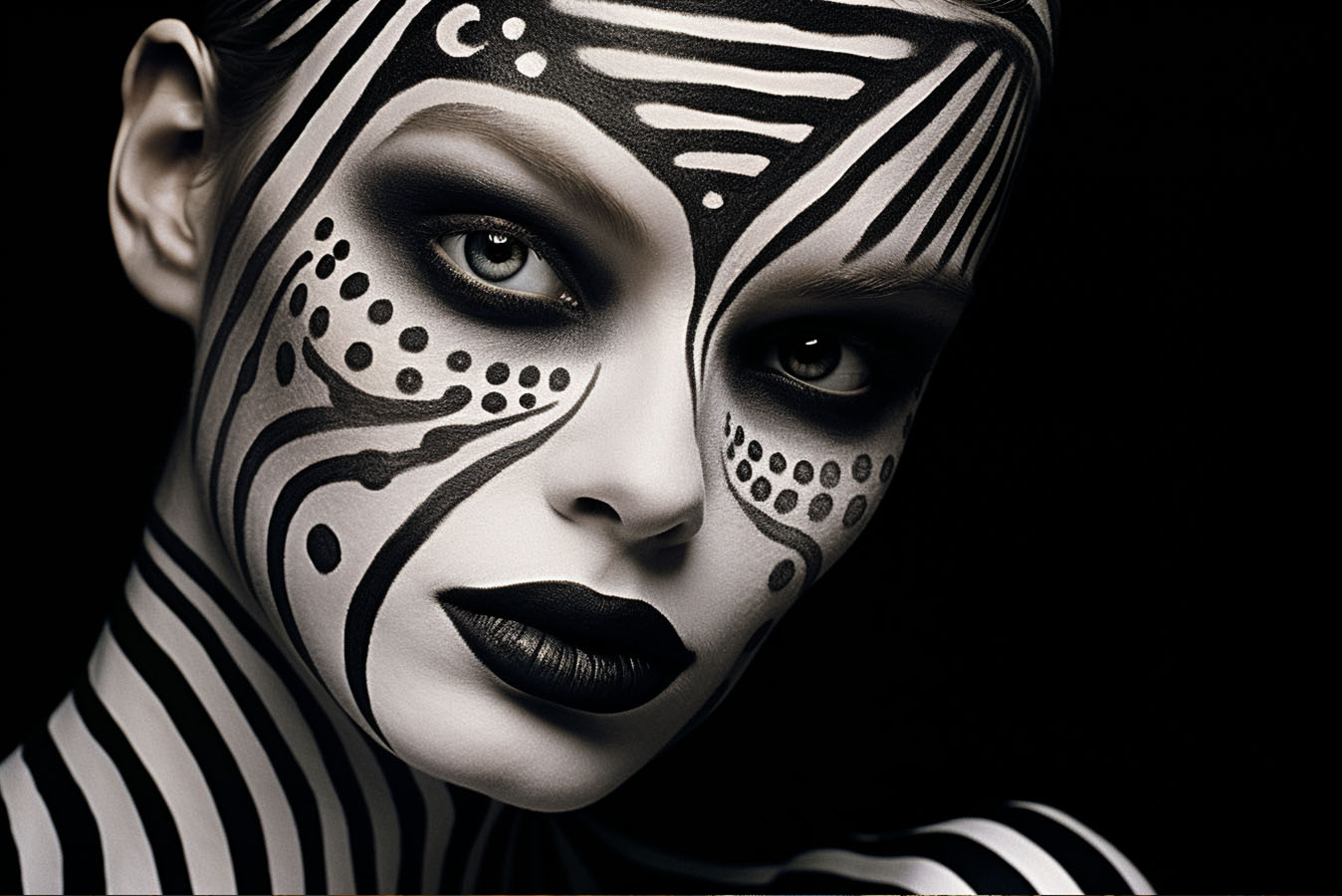
Introduction to Different Photography Genres
- Portrait Photography:
- Basics of posing and capturing people.
- Landscape Photography:
- Framing wide scenes and working with natural light.
- Street Photography:
- Capturing candid moments and everyday life.
Register Now!
